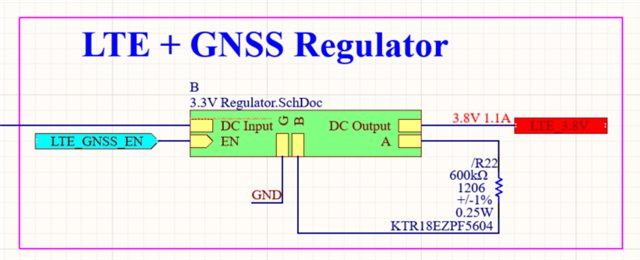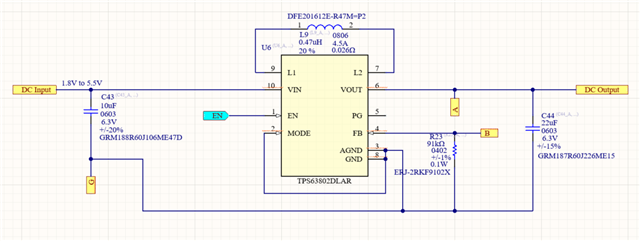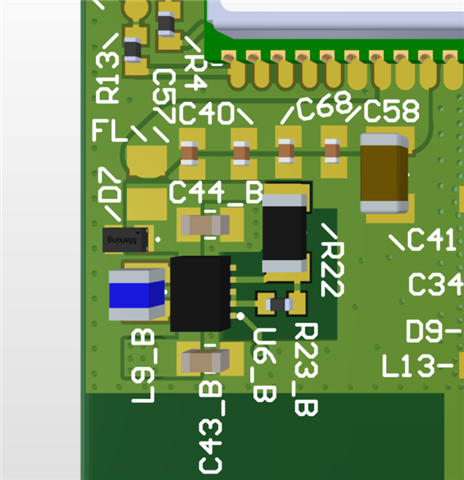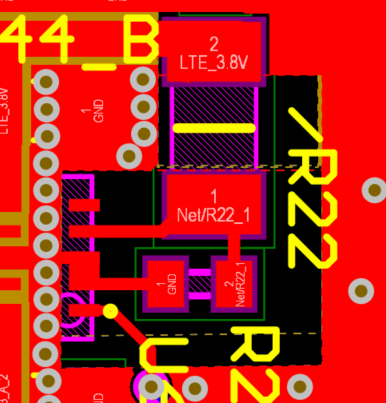Tool/software:
I'm facing PTCRB TIS (Total Isotropic Sensitivity) failure at low frequencies, 699MHz to 800MHz.
I suspect it's due to the voltage regulator on my LTE modem, as it's located next to the LTE modem. Due to this, I have placed a ferrite bead and multiple bypass capacitors at the output of the voltage regulator. I'm thinking it's somehow reducing the LTE modem's receiver sensitivity.
Attached is the circuit for your information.




1) Is my assumption correct? You can see that the regulator is placed next to the LTE modem power supply input line, alongside numerous LTE modem bypass capacitors and ferrite beads.
2) If yes, how do I solve this issue? Can I remove the TE modem's bypass capacitors and ferrite beads? I don't think it's required because the regulator is placed next to the power supply line. I'm also thinking it's cause of the regulator loop instability.
3) How do I verify the regulator causing the TIS issue failure? How do I verify the regular loop instability issue?



